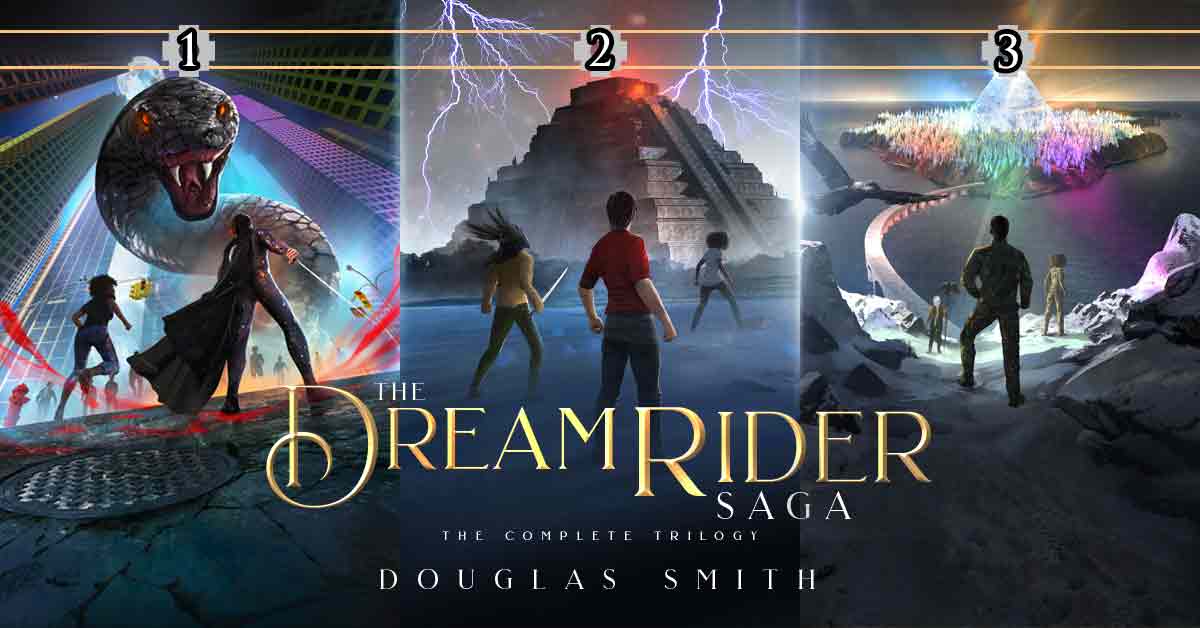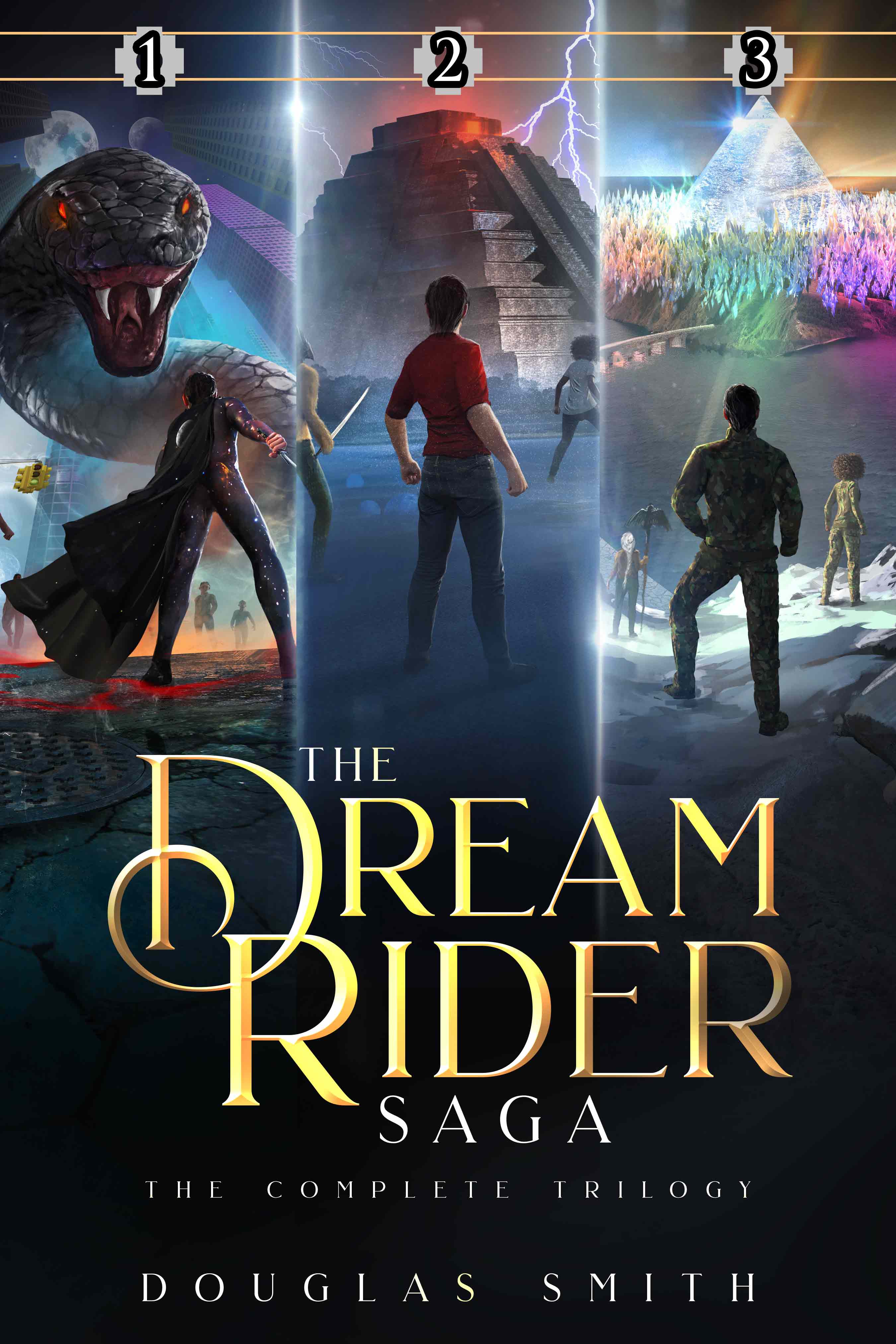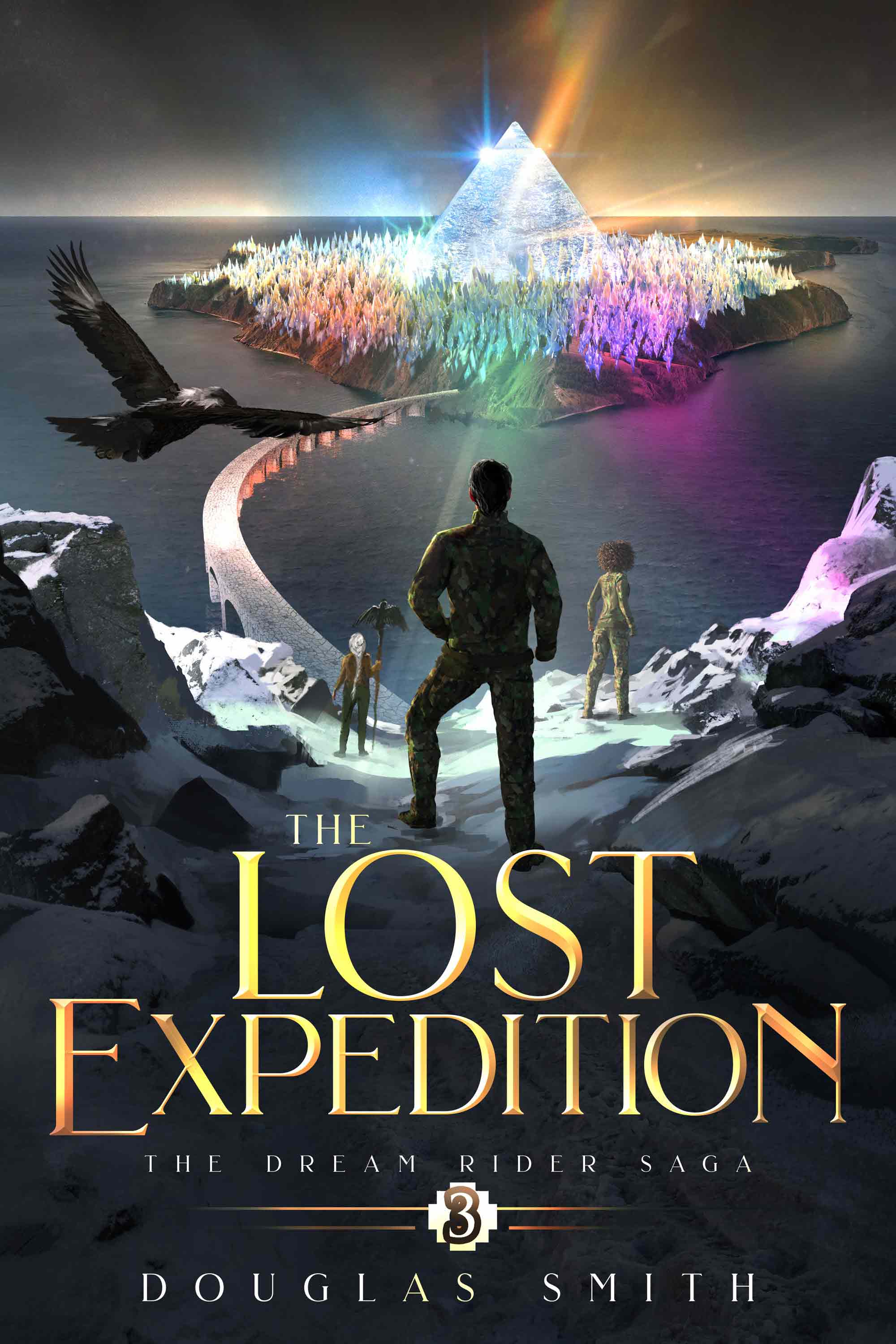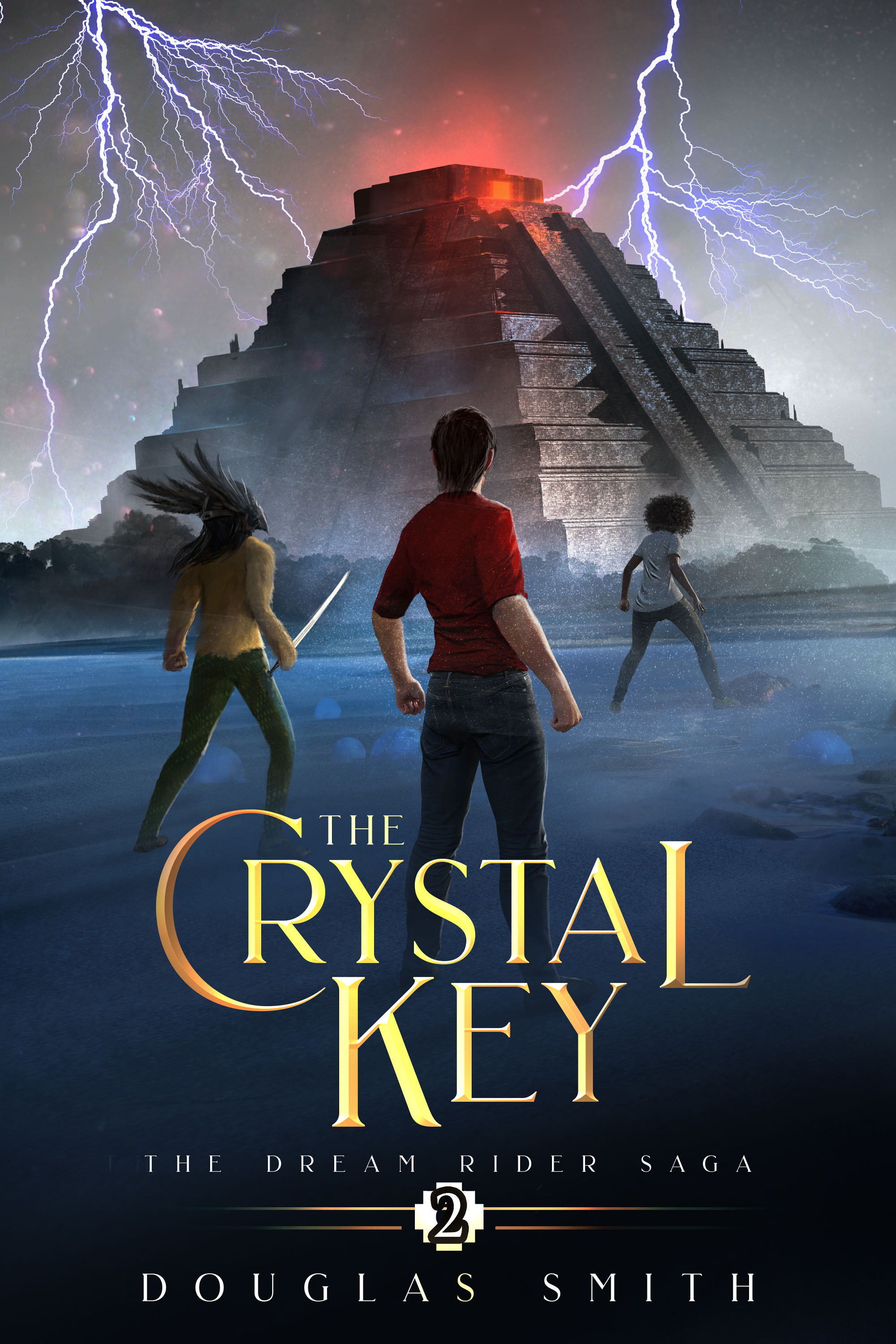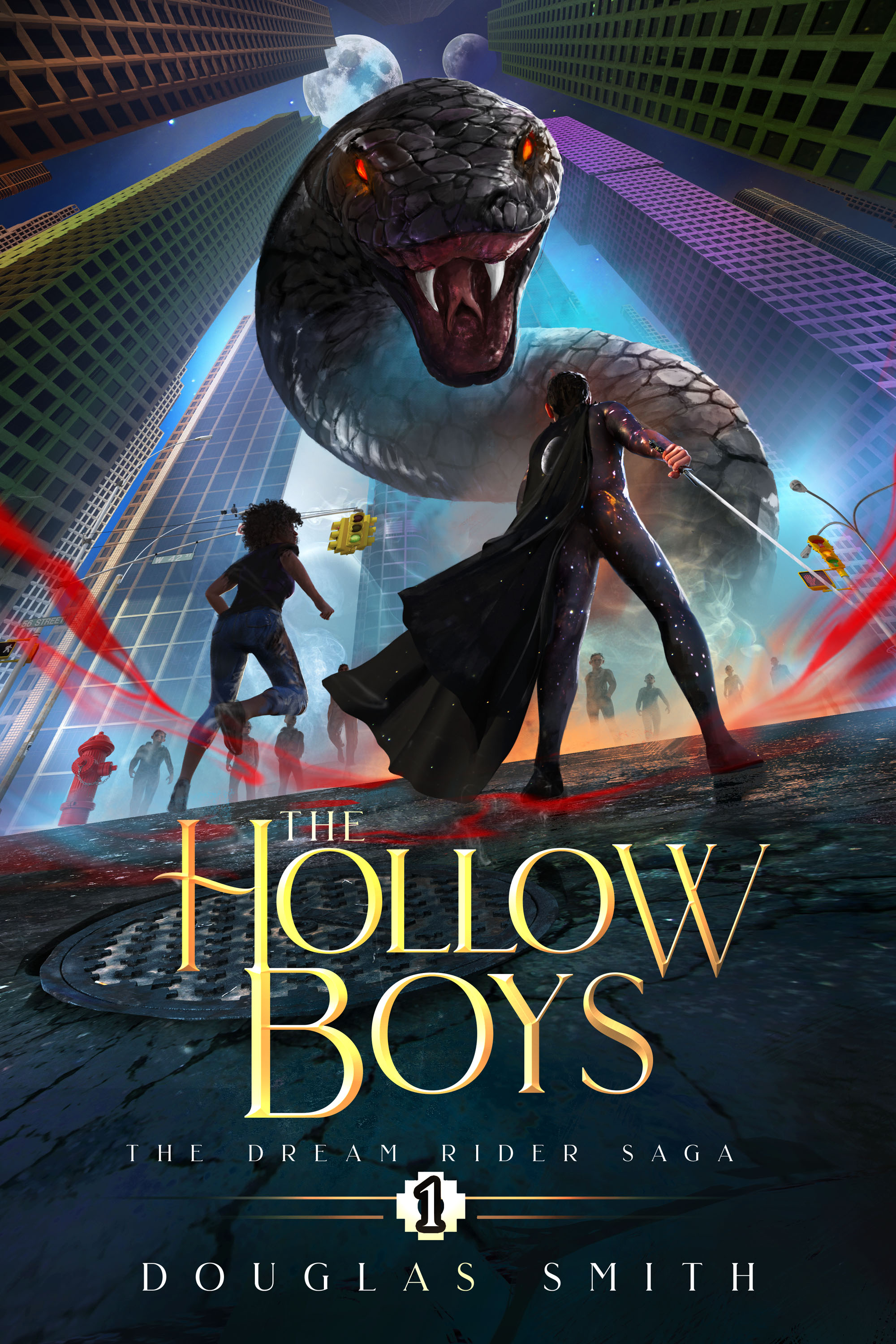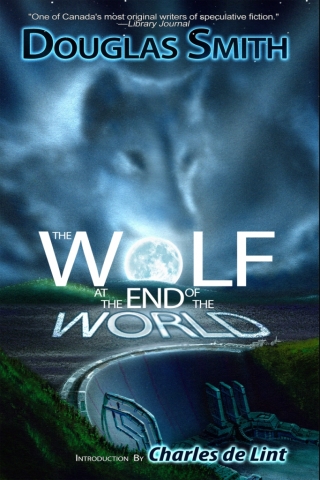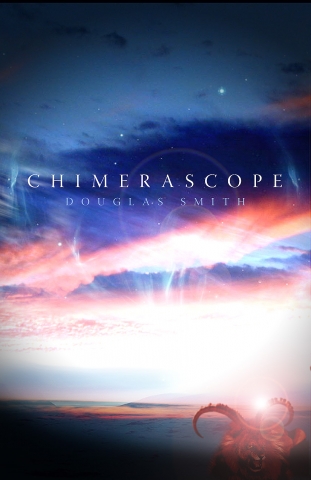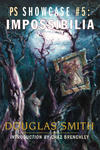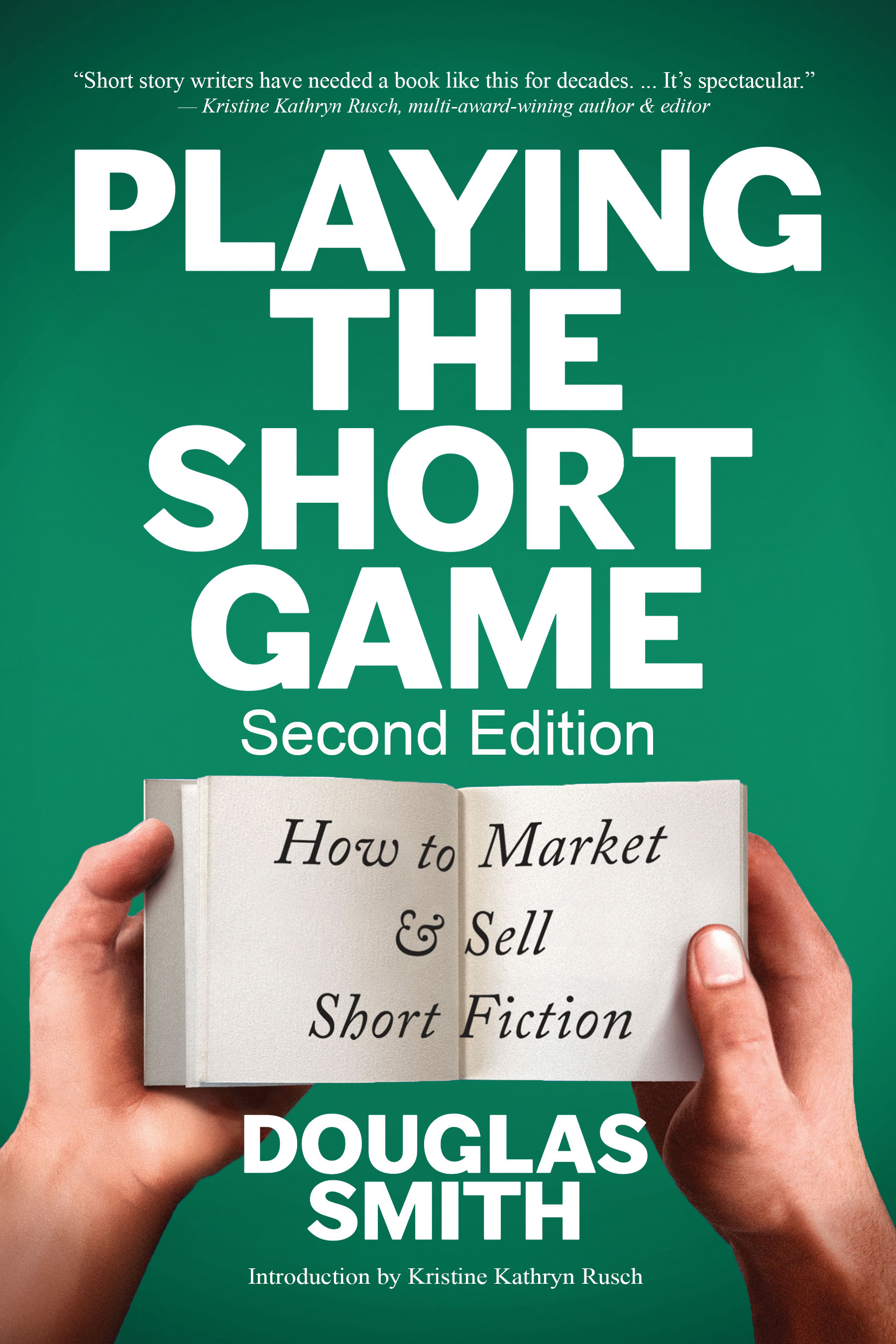"The Dancer at the Red Door" Interview: Q #10
Mark Leslie Lefebvre interviews me on Facebook regarding my Aurora-nominated story, "The Dancer at the Red Door"...
MARK: Glad you mentioned it, because I wanted to ask (if it's okay for you to share) for more details about the Herok'a novel. What drove you to want to explore a novel length work from that "universe" and how has that experience been different than your short fiction work?
DOUG: "Spirit Dance" was the very first story that I ever wrote (and sold), and I always knew that I wanted to return to that world in novel length.
Shape shifter legends have always fascinated me, probably a result of all those anthropomorphic Disney movies. And wolves have always been an interest, likely from reading too much Jack London as a kid. The Herok'a are my own race of shape shifters, each tied to a particular animal species, or class of species, such as canids, felines, rodents, birds, etc. These stories let me explore issues that are important to me, such as the destruction of animal habitat by the exploitation of our natural resources. The Herok'a derive their vitality from the strength of their totem species, so when their totem animals are threatened, the Herok'a themselves are threatened. The novel has given me a chance to explore these issues to a depth not possible in a short story.
Writing "Spirit Dreams" (working title) has been an interesting experience, compared to short fiction. I knew how I was starting the novel--a gruesome killing that seems to imply a Herok'a involvement. And I knew the general plot line, including how and where it would all end. Plus I knew most of the main characters. But compared to a short story, a novel is, uh, longer. And, um, bigger. More characters with longer arcs. More plot lines and complications for characters, resulting in more possible character decisions and plot turns. The net effect was that I needed to do a scene outline, plus full character outlines with their history, motivation, and arcs. When I write a short story, I can generally keep all this in my head. But with the novel, especially my first, that wasn't going to work for me.
I have multiple character arcs, and I firmly believe that "character drives plot." I really needed to understand my characters, their motivation in the story and how they would meet each other and how those interactions would drive character problems and decisions, which drives plot. Plus it's a murder mystery so I had to plot out what discoveries would happen when.
I also found that I needed to write scenes more sequentially than I usually do for a short story, where I often write the final scene first. In the novel, I could still jump around to some extent in an act, but I had to pretty well finish the act before writing scenes in the next act, because I found that as I wrote the scenes, I'd get better plot ideas than I'd originally put in the outline. That meant if I jumped too far ahead to write a scene, I'd likely end up having to throw it out.
Another discovery was how important theme was. The novel's theme is one of hunger and emptiness--the hunger of our modern society for natural resources--water, trees, minerals, land--and the emptiness that leaves behind, for the people and the creatures who were here before us--the native people and the animals. Knowing this up front let me use the theme to drive the choice of symbolism that acts as a linking element throughout a longer work like a novel.
Then there was the amount of research required, but I think I picked too ambitious a book to start with. I tell parts of the story via traditional Cree and Ojibwa stories and legends, and I spent a lot of time researching these aspects of the book, but I am very concerned that I am portraying this culture with accuracy and respect. On top of that, I needed to research hydroelectric dam operations, history of impact of white society and religious structures on native culture (such as residential schools), the impact of hydro projects on hunting territories and traditional way of life, and lots of physical site research, which involved time in a "typical" Ontario northern town to research First Nations reserves, flora, fauna, characteristics of the bush. Not to mention DNA research, reproductive rules of the Herok'a (what happens if they mate with a human), police procedures in a small Ontario town and on a First Nations reserve. I'm happy with the result, so maybe it's just as well, because if I'd known how much I'd bitten off, I might have started with something less ambitious.
